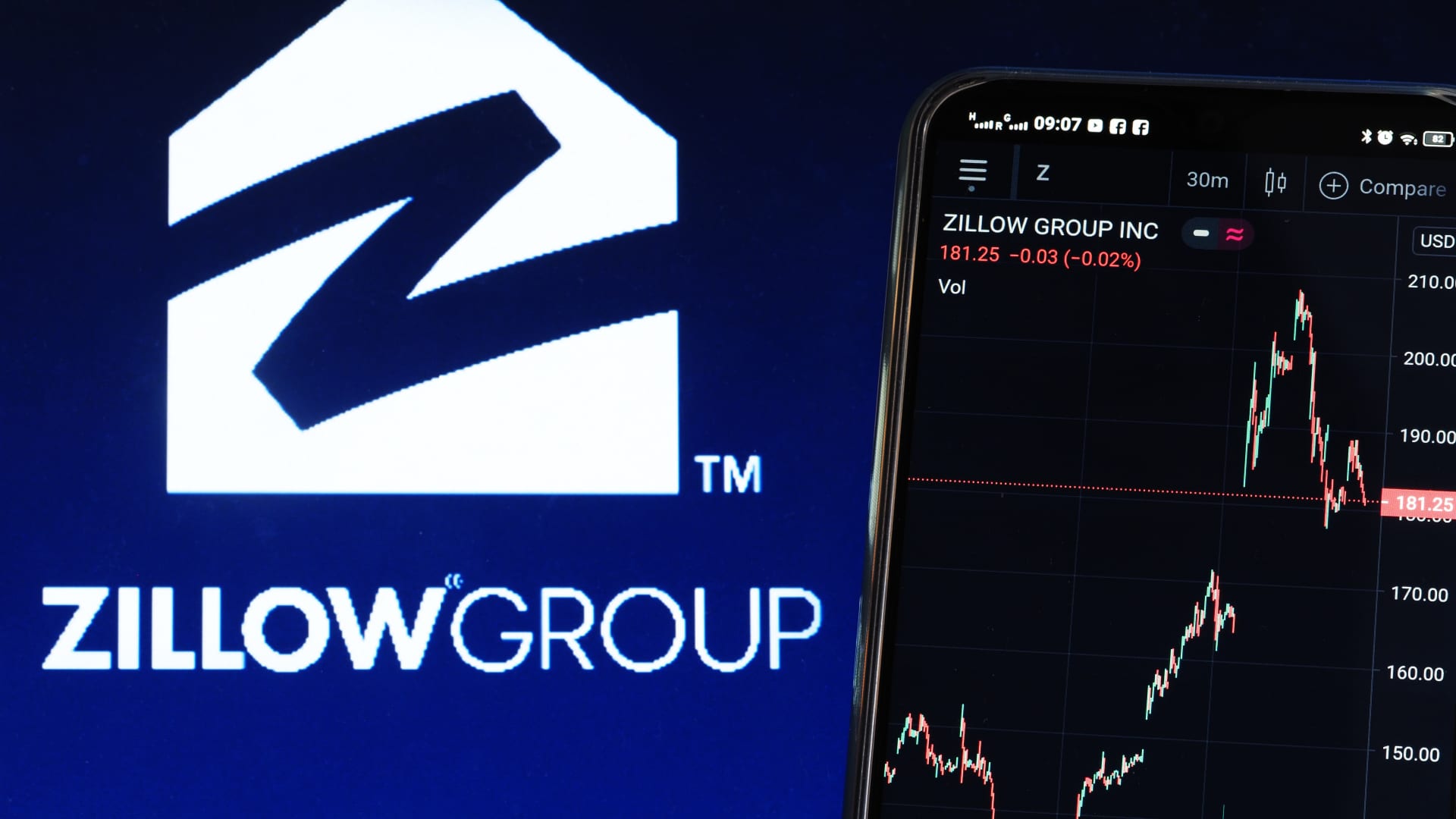I
n the rapidly evolving world of real estate investment trusts (REITs), adaptability through strategic restructuring is no longer a survival tactic, but a catalyst for long-term value creation. CapitaLand, a global real estate leader, has taken a bold step in this direction by placing its dormant subsidiary, Glenwood Properties, under members' voluntary liquidation in 2025. This move reflects a broader commitment to operational efficiency and shareholder value.
CapitaLand's decision to liquidate Glenwood Properties was not driven by desperation but by calculated strategy. The subsidiary had been inactive for years with no revenue-generating activities. By eliminating this non-core entity, CapitaLand is aligning itself with its corporate governance principles of maintaining a lean and focused portfolio. This action is part of a larger trend in the REIT sector: systematically pruning underperforming or non-essential assets to redirect capital toward high-growth opportunities.
The financial impact of such a liquidation may seem negligible in the short term, but the long-term benefits are profound. By reducing administrative overhead and simplifying its corporate structure, CapitaLand is enhancing operational efficiency, critical for REITs where cost discipline and capital allocation are paramount to sustaining distributions and growth. Consider CapitaLand Ascendas REIT (CLAR), which has demonstrated the power of strategic asset turnover.
CapitaLand Investment (CLI) has shifted toward a fee-based income model, reducing exposure to volatile real estate cycles. CLI's Q1 2025 results highlight a pivot to capital-light operations, with fee-related revenue growing 3% to $281 million driven by lodging management and commercial services. This transition not only diversifies revenue streams but also insulates the company from market-specific risks.
CapitaLand's approach mirrors broader industry trends, where global REITs are prioritizing high-growth sectors like industrial, logistics, and data centers. These sectors offer stable cash flows and long-term demand, making them ideal for REITs seeking to future-proof their portfolios. By leveraging technology to reduce operational costs, CapitaLand is enhancing its margins and competitiveness.
The market's initial reaction to CapitaLand's restructuring efforts has been mixed, but investors should focus on the long-term narrative: CapitaLand is streamlining its operations, reducing leverage, and pivoting to fee-based models—all hallmarks of a resilient REIT. For example, CLAR's 91.8% occupancy rate in June 2025 demonstrates the strength of its core portfolio.
CapitaLand's dormancy subsidiary liquidation is more than a routine corporate action—it's a masterclass in strategic portfolio rationalization. By eliminating non-core entities, optimizing capital allocation, and embracing fee-based income models, the company is setting a benchmark for operational efficiency in the REIT sector. For investors, this signals a proactive, adaptable, and aligned REIT manager.
Investors with a medium-term horizon should consider CapitaLand's REITs—particularly CLAR and CLI—for their focus on high-growth sectors, capital discipline, and operational efficiency. Monitor the completion of CLAR's Singapore acquisitions and CLI's China-focused REIT rollout in H2 2025 for key catalysts.














